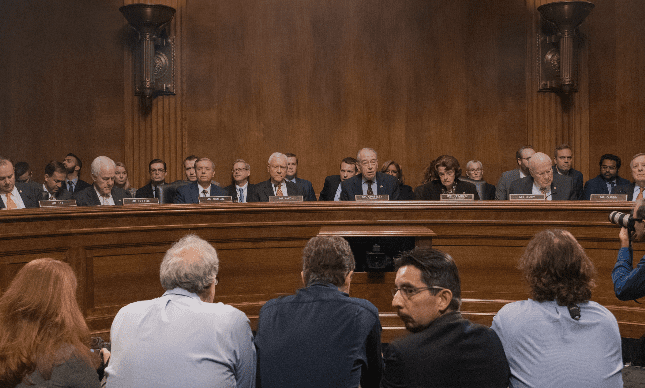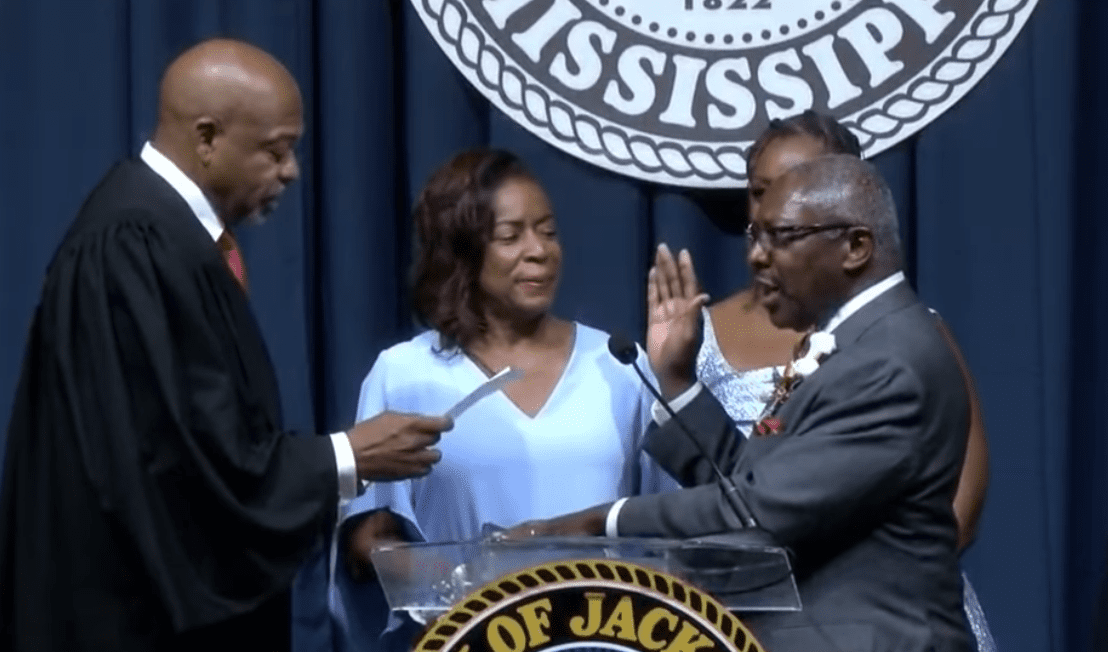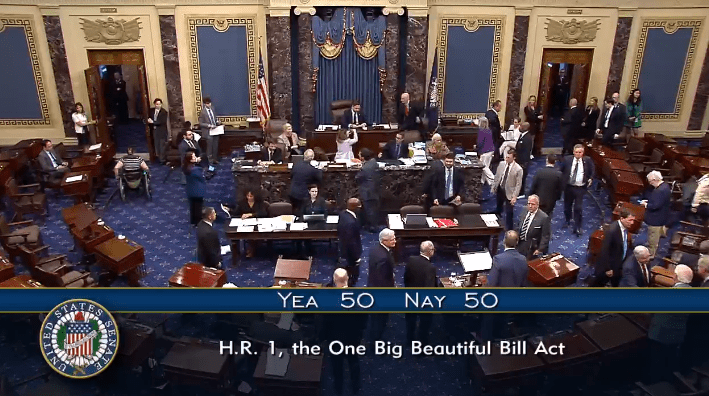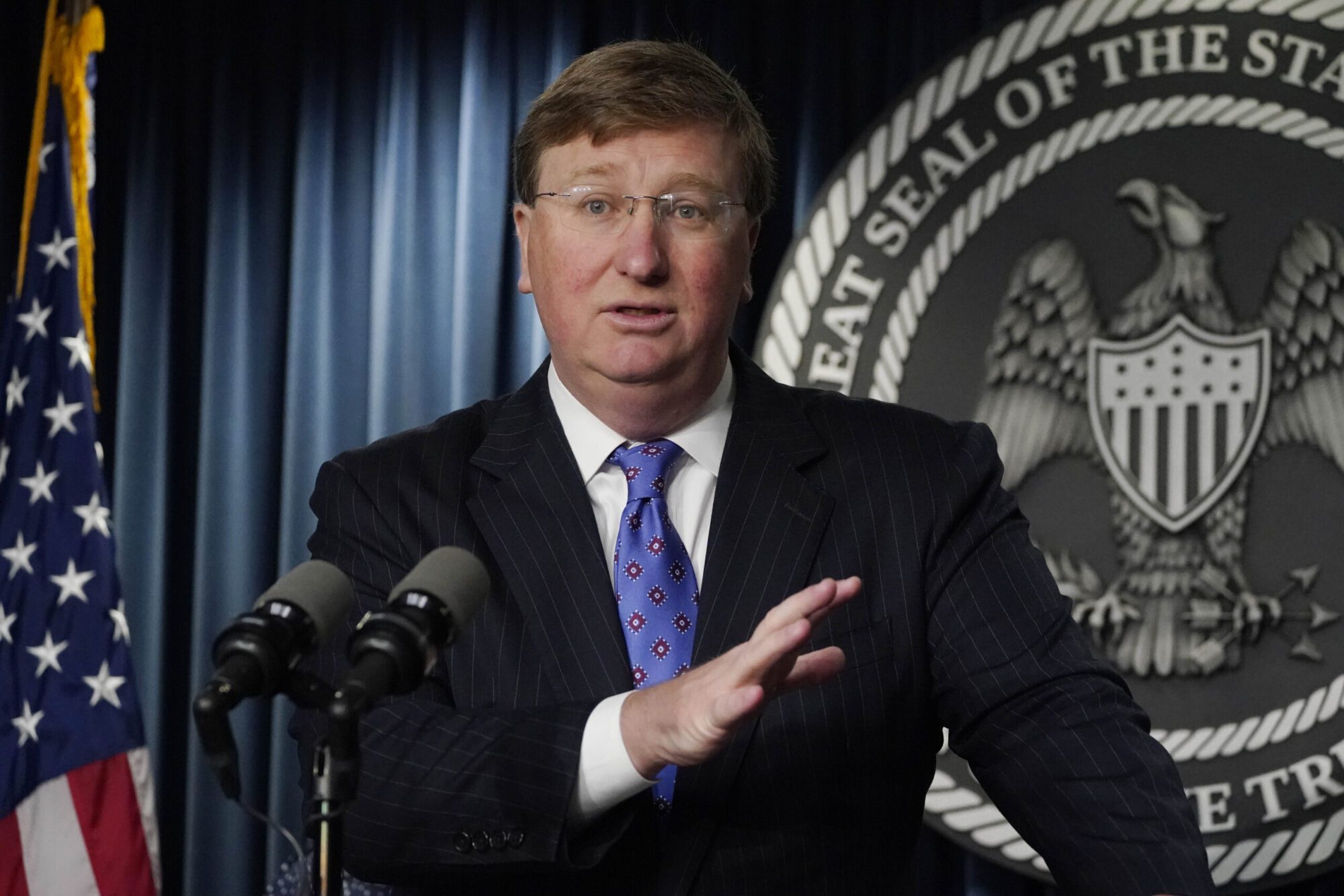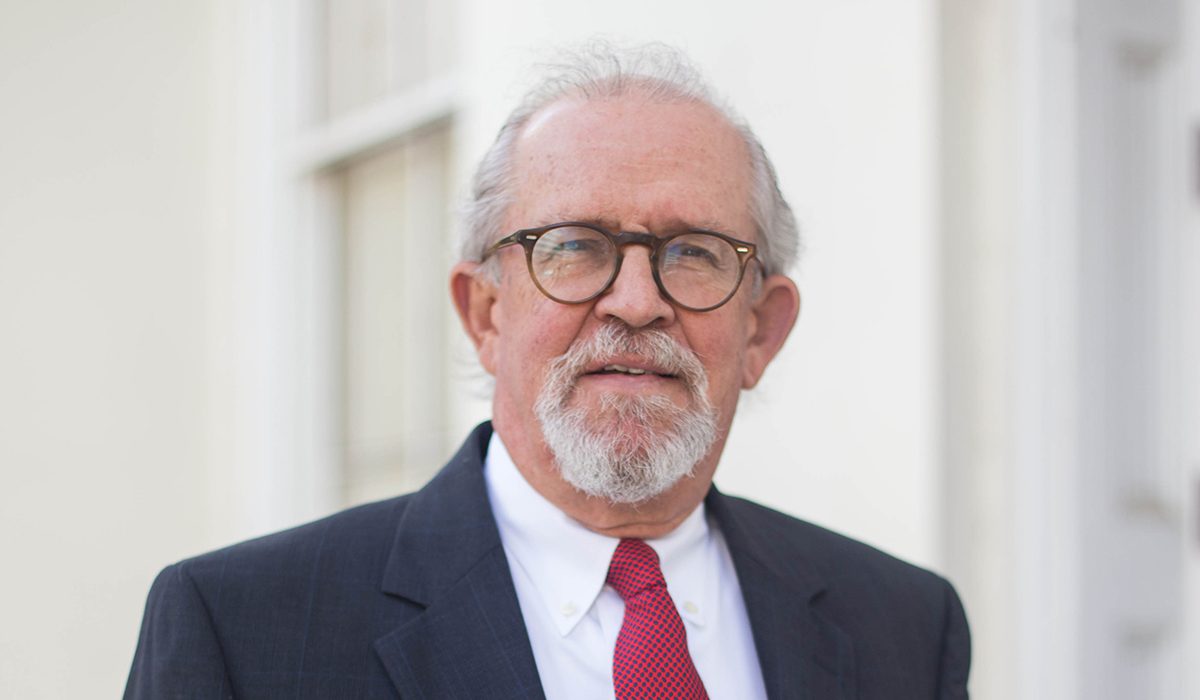Today, the Government filed a Sentence Memorandum outlining the rationale for sentencing in the Scruggs case. The core issue in the back and forth between Government lawyers’ and Scruggs’ lawyers is determining the value of what Scruggs’ derived from participating in bribing Judge Lackey. If Biggers determines the value at just the $50,000 that Scruggs paid out, then the argument is that the sentence should be on the low end of the guidelines (3.5-4 years). If it was millions of dollars that Scruggs and Company avoided paying to Jones Funderberg, then Biggers would pretty much be locked in to giving Scruggs the maximum of five years.
In its presentence report, because the defendants pleaded guilty to crimes involving 18
U.S.C. §§ 371, 666, and 1343, the probation service utilized U.S.S.G. § 2C1.1 to establish a base
offense level of 12. The base offense level is not disputed. However, the probation service then
looked to § 2C1.1(b)(2), which provides, “if . . . the benefit to be received in return for the
payment . . . exceeded $5,000,” the base offense level is to be increased in accordance with the
loss table found at U.S.S.G. § 2B1.1. Looking to § 2B1.1, the probation service determined the
approximate benefit to the defendants in this case to be $5.3 million and added 18 levels to the
base offense level of 12. While there are other findings at issue, it is this amount chosen by the
probation service – $5.3 million – that has caused the defendants the most grief. According to
Case 3:07-cr-00192-NBB-SAA Document 221 Filed 06/25/2008 Page 1 of 11
the defendants, such a figure is too speculative, and as such, it is an inappropriate figure to
utilize in the probation service’s calculation. According to the defendants, it follows therefore
that because this figure is too speculative, the Court should fall back to the amount of the bribe
itself and calculate the defendants’ sentences using $50,000. Assuming the remaining objections
are without merit, the calculation concerning Richard Scruggs’s sentence would drop from a
recommended range of 168-210 months to 46-57 months.
Scruggs’ lawyers filed a subsequent Sentencing Memorandum in opposition to several points that the Government has raised in their presentence report. After laying out the obligatory life story and good works, Keker & Company “lawyer up” with a pretty technical assessment of how they disagree with the Government’s value of the crime.
The Probation Office’s calculation of the value of the benefit to be received by Scruggs is
based on three assumptions. First, the Probation Office assumes that an order from Judge
Lackey granting the motion to compel arbitration would have “resolv[ed]” the Jones case and
“remov[ed]” and “eliminate[ed]” the defendants’ exposure in the case.48 Second, the Probation
Office assumes that, absent the bribery scheme, the defendants would not have prevailed on the
arbitration motion. Third, the Probation Office assumes that the value of prevailing in arbitration
would have been $5.3 million apparently because that is the amount that the Jones, Funderburg
firm demanded in its complaint.49None of the Probation Office’s assumptions is reasonable, supported by accurate and
reliable evidence, or realistic. First, an order granting the motion to compel arbitration would
not have “resolved” the Jones case in Scruggs’s favor. Rather, the order would have sent the
Jones matter to a neutral arbitrator under the auspices of the American Arbitration Association.
The arbitrator would then have decided the case on its merits and might have resolved the fee
dispute in favor of the Jones, Funderburg firm. In other words, the Jones defendants’ chances of
success were the same in arbitration as they had been in Circuit Court, and it is only speculation
to imagine how the case would have turned out had it gone to arbitration.Second, the assumption that, absent the bribery conspiracy, the motion to compel
arbitration would not have been granted is contrary to the evidence. The Scruggs Katrina Group
Joint Venture Agreement is crystal clear: any dispute between the various parties “arising under
or relating to the terms of this agreement shall be resolved by mandatory binding arbitration.”50
And we know that Judge Lackey told Balducci that he agreed that the Agreement called for
arbitration51; thus it is likely he would have granted the Jones defendants’ motion to compel
arbitration in any event. Finally, Judge William C. Coleman, who was appointed to hear the
Jones case after Judge Lackey recused himself following the Indictment, held that the Agreement
requires the parties to arbitrate their dispute.52Third, there is no accurate or reliable evidence that supports the assumption that
prevailing in the Jones case in arbitration would have saved Scruggs $5.3 million. The Probation
Office’s calculation (1) assumes a 100% chance that Scruggs would have lost in the Circuit
Court; (2) assumes that Jones, Funderburg would then have been awarded 100% of the damages
it sought; (3) assumes that Scruggs would have been responsible for the full amount of whatever
was due to Jones, Funderburg (even though Scruggs is only one of six defendants in the Jones
case), and (4) fails to account for the amount that Scruggs had already tendered to Jones,
Funderburg. In short, the estimate in the PSR regarding the benefit of the bribery scheme is
nothing more than speculation.
It is notable that after a quick read of the Scruggs’ response, there is remarkably little remorse or admission even in the context that he has pleaded guilty. They come up with a laundry list of technical arguments about how this really wasn’t Scruggs idea and all of the reasons why it was someone else’s (Balducci, Patterson and Lackey’s) fault.
